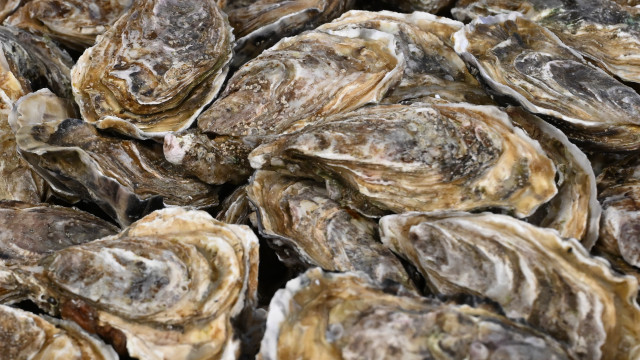The best and most expensive oysters in the world come from different regions. Although prices depend on the season and availability, these five types of oysters are always at the top.
Oysters are usually associated with a fancy dinner. Their high prices are due to their seasonal availability, their distant sources in the seas of Australia, France or North America, and their long growing period. However, there are some types of oysters that stand out from the rest. If you've already tried and love fresh oysters, be sure to try these premium species when you get the chance.
Bluff oysters are found in a small body of water in New Zealand, specifically between the town of Bluff and Stewart Island, from March to August. Since it is impossible to farm them elsewhere, they can only be caught in the wild. This justifies their high price. Known as 'Bluffies', they are described as meaty, highly salty and slightly sweet.
Belon oysters are harvested in the Belon River in France. Although in the past these mussels have been quite rare, increasing demand over the past few years has made them more widely available in fine restaurants. It is generally noted that first time tasters should be completely free from prejudice, as they are known to have a distinct honey flavour with hints of hazelnut. You may fall in love with their taste or hate it forever.
Ever since Kumamoto oyster seeds arrived in the United States, their popularity has only grown. Originally, these expensive oysters were harvested in Kumamoto Prefecture and were known for their long growing season. Kumi oysters are slightly salty, creamy and have a sweet, buttery finish.
Coffin Bay oysters, which are found in Australia, are known as one of the best oysters because of their sweet, salty and delicate flavour. The calm water in the bay is a favourable environment for the texture and sweetness of the mussels to develop.
Fine de Claire is a common oyster in several fine dining restaurants and this is because they are easier to eat. With leaner meat and a milder flavour, this premium commodity is mainly harvested in Marin, France. /BGNES







